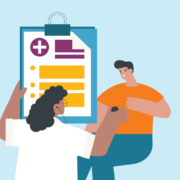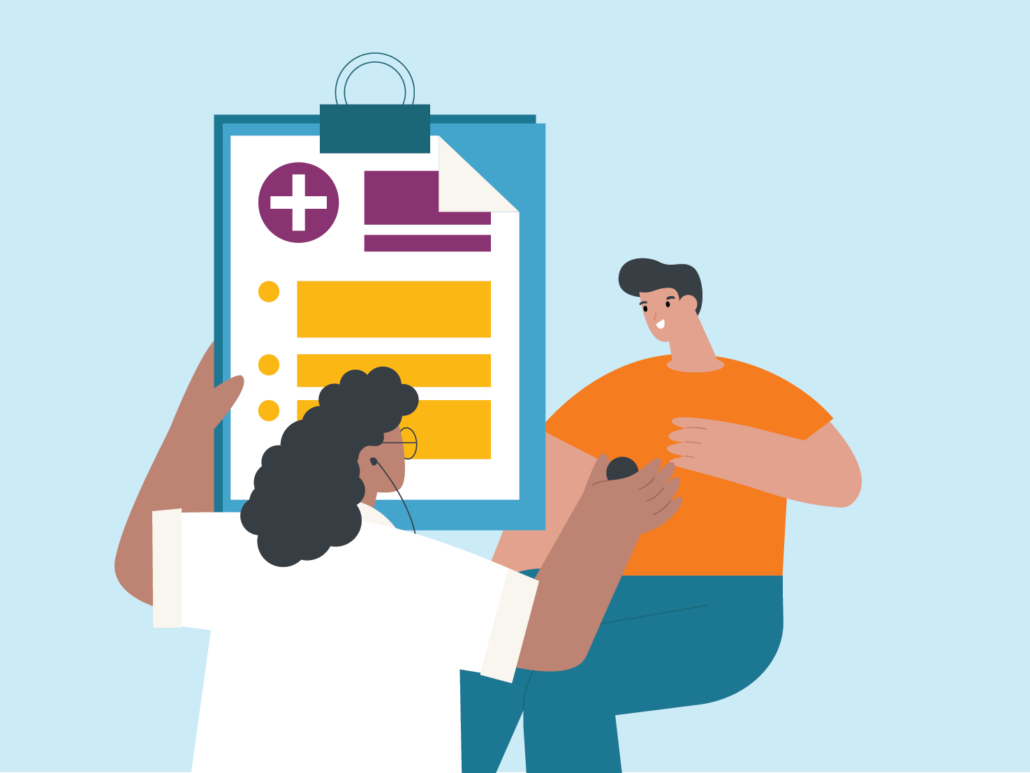Lesson 6: Respecting the boundaries of physical contact in the client/patient – physiotherapist relationship in the functional diagnostics and therapy of central stabilization disorders

Learning pathway:
In this lesson, you will gain information based on the latest scientific publications. You will learn about the role of core stability in preventing traumatic injuries and musculoskeletal disorders. You will become acquainted with the principles of functional diagnostics and deep muscle training. You will discover how to communicate with clients/patients and how to conduct functional diagnostics and training/therapy while paying attention to the role of physical contact in the therapeutic relationship
Field of physiotherapy – Sports rehabilitation, orthopaedics, and traumatology












